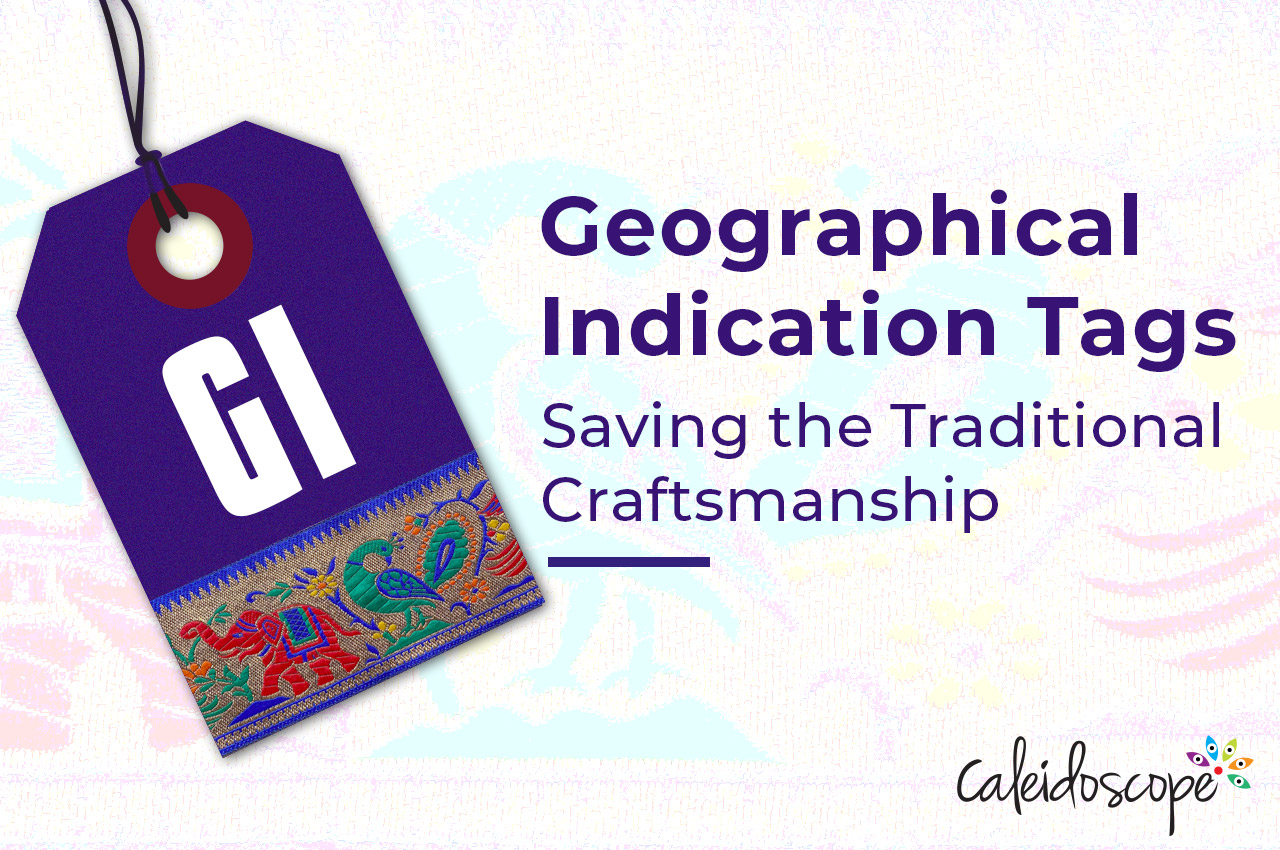
Since my childhood, I have regularly heard about unique food items, silk saris and other products that are popular in certain places of India. Handcrafted items such as Kolkata Rasgulla, Banaras Silk saris, Hyderabadi Biryani, Orissa Ikat, Jaipur pottery, Thanjavur dolls and Madurai Malli (jasmine) are unique to particular location and are created through proprietary processes. However, I did not know that these unique items are now protected by the law as intellectual properties of our country!
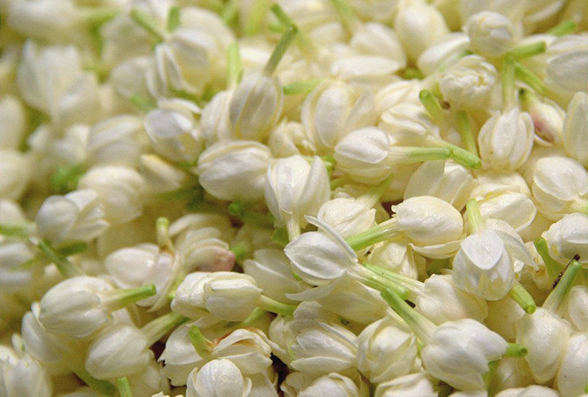
It all started in 1997 when an American company RiceTec based in Texas applied for a patent of its unique rice varieties, “Texmati” the American-style Basmati rice and “Kasmati” the Indian-style Basmati rice. Soon controversy erupted with Indian NGOs filing serious objections to a private company trying to appropriate the indigenous knowledge of traditional Indian farmers, which is considered as “Biopiracy”. The company was forced to withdraw after the Indian government raised objections through the ‘TRIPS’ agreement of the World Trade Organization. That was the first time the world got to know about Geographical Indications or GI tags.
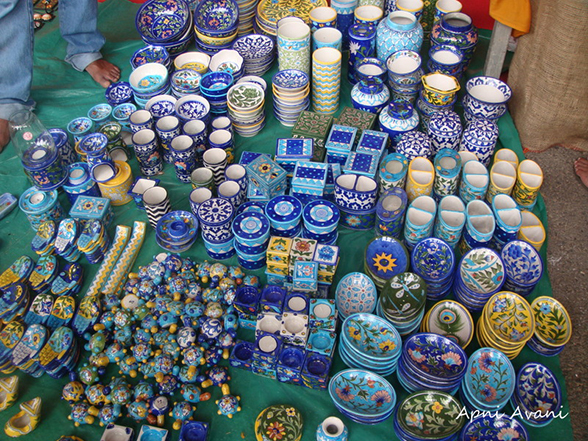
Further, the widespread export of tea from other countries claiming to be ‘Darjeeling tea’ forced the Indian government to realize that if it needed to protect its own geographical indications globally, it needs to protect them at the national level to begin with. The second reason is related to institutional commitment. Being a signatory to the TRIPS agreement, India is obliged to set into place national intellectual property laws, which also include GI laws. The Government of India enacted Geographical Indications of Goods (Registration and Protection) Act in 1999, which came into force in 2003.
What is a GI tag?
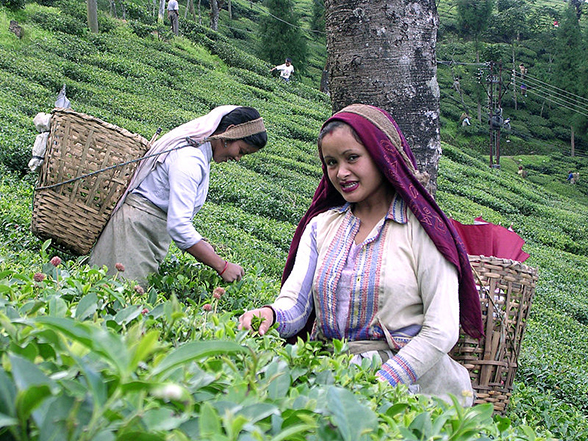
A geographical indication (GI) tag is a trade name or sign used on certain products that corresponds to a specific geographical location or origin. The GI tag ensures that none other than those registered as authorized users residing inside the geographic territory are allowed to use the product name. The GI tag certifies that the product possess unique qualities that can be considered as intellectual property of that local community. In 2003, Darjeeling tea became the first GI tagged product in India, and since then, 191 more items had been added to the growing list.
To put in simple words, GI tags are like the hallmark for gold or silk mark for silk, which mean that the product has certain qualities, a good reputation and is made with specific standards. GI tags provide intellectual property rights to the traditional producers who make and sell that product.
When a product is given GI status, its price increases in the international market (because consumers in the First World prefer such exotic items with proven origin) and hence its export gets a boost and poor farmers/artisans from that particular region have to face less competition from sellers selling fake products. This indirectly leads to sustainable development.
GI tags are often confused with ‘trademarks’ that are valuable to producers for the same reasons. GI tags help as source identifiers and guarantors of quality, but trademarks belong to a single company/individual and can refer to a product or a service. We could say GI tags are trademarks given specifically for physical products rather than companies.
GI Tags protect tradition
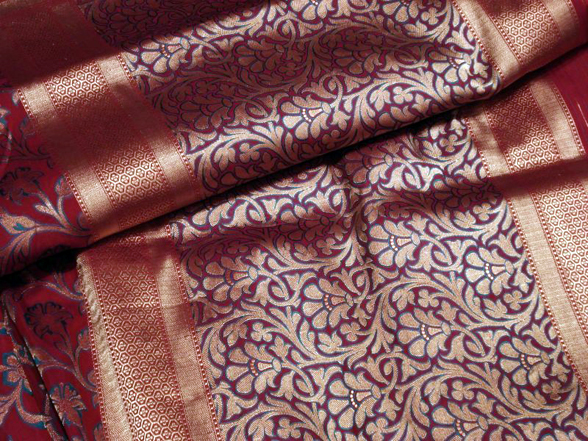
As a country of extreme diversity, we have numerous handicrafts all over the country produced mostly from rural areas. These handmade crafts depict our culture, their exclusive proprietary processes, unique key ingredients, and the enduring tradition that has been followed since centuries. It is important for us to know about these products, help them to keep making these products and carry on to the next generation.
Today, we regularly come across advertisements proclaiming unique GI tags such as Kancheepuram or Mysore Silk. They highlight the weavers’ name, their location, and the years of experience in their profession. This is a good way to encourage the local community and bring them the respect they deserve. At present, there are 191 products from various regions of India, which have received the GI tags. There are 100 more products waiting for approval to be identified as GI tags.
The list of popular handicraft products that have got GI tags in India is given below:
- Aranmula Kannadi – Kerala
- Salem fabric – Tamil Nadu
- Pochampalli Ikat – Andhra Pradesh
- Chanderi fabric – Madhya Pradesh
- Solapur Chaddar – Maharashtra
- Mysore Silk – Karnataka
- Kancheepuram Silk – Tamil Nadu
- Kullu Shawl – Himachal Pradesh
- Orissa Ikat – Odisha
- Madhubani Paintings – Bihar
- Nakshi Kantha – West Bengal
- Bastar Dhokra – Chhattisgarh
- Blue Pottery of Jaipur – Rajasthan
- Kutch Embroidery – Gujarat
- Kani Shawl – Jammu & Kashmir

Here is a list of well known GI agricultural products from India:
| Geographical Indication | State |
| Darjeeling Tea | West Bengal |
| Nanjanagud Banana | Karnataka |
| Mysore Jasmine | Karnataka |
| Monsooned Malabar Coffee | Karnataka |
| Alleppey Green Cardamom | Kerala |
| Eathomozhy Tall Coconut | Tamil Nadu |
| Naga Mircha | Nagaland |
| Malihabadi Dusseheri Mango | Uttar Pradesh |
| Guntur Sannam Chilli | Andhra Pradesh |
Geographical Indication tags are relatively new institutions evolved to protect indigenous knowledge in the food and handicrafts sector without hampering the process of free global trade. It is argued that such protection through GIs can help localize economic control, promote rural socio-economic development and assure higher economic returns. However, what remains to be seen is how well these claims actually translate into better business for producers in the developing world. Thus, proponents regard GIs as strong tools for protecting their national property rights offering them new export opportunities in these sectors. Opponents, however, consider GIs as barriers to trade!
Suggested Read – Exploring the GI Protected Art Forms of India
Factfile –
http://indiatoday.intoday.in
http://www.simplydecoded.com
http://www.iprsonline.org
Image Source
wiki/File:Aranmula_mirror.jpg
http://pochampally.com/
http://indianwomenclothingstyle.blogspot.in
http://en.wikipedia.org/wiki/Paisley
http://www.himachalvalley.com
http://en.wikipedia.org/wiki/Nakshi_kantha
http://www.tradeindia.com
http://apniavani.blogspot.in
http://commons.wikimedia.org/wiki
http://parvaizart.wordpress.com/gallary/
http://www.indiaunimagined.com
http://en.wikipedia.org/wiki/Banarasi_saris
wiki/Hyderabadi_biriyani






I had no clue about the GI tag. Very informative…thank you 🙂
Thanks Namrota
Nice one..But forgot the North Eastern States…Sikkim,Assam,Arunachal,Nagaland,Mizoram,Manipur, Tripura,& Meghalaya…Please revise it.
Thanks Gunjan, we will consider that in our next post on GI tags.
These places take a pride in their art and it’s always fun to have a collection of these in our closets and showcases.
hI there I like this Geographical Indication Tags Protect Tradition article very much this is really very helpful
Thanks
Well narrated & very informative ma’am